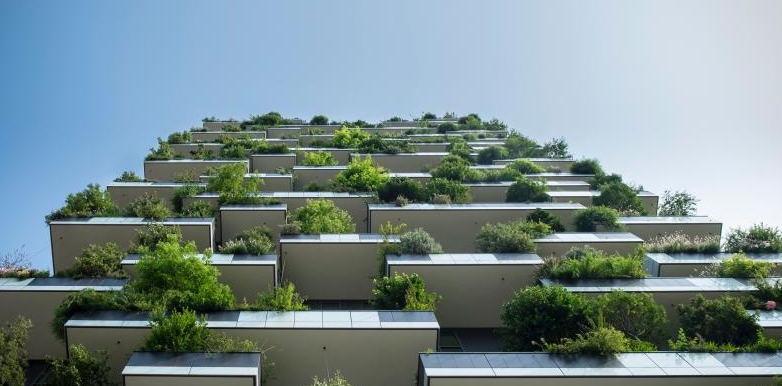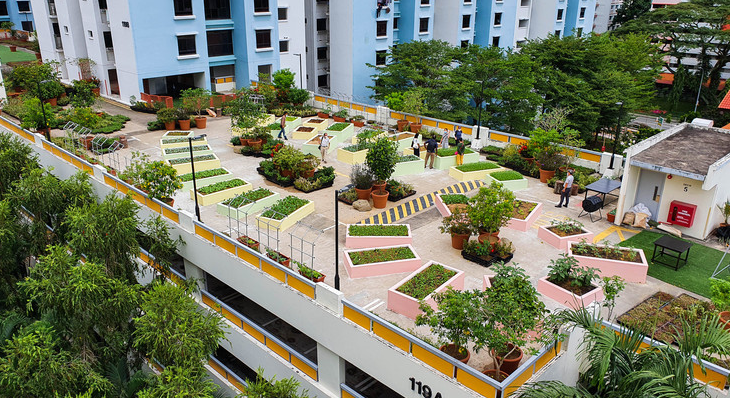Sustainable urban living has become an increasingly important focus in the architectural sphere as cities grapple with population growth, environmental concerns, and the need for efficient use of resources. Architectural solutions for residential infrastructure are integral to addressing these challenges and creating urban spaces that are ecologically responsible, socially inclusive, and adaptable to the changing needs of residents. Let’s explore some key architectural strategies and innovations that are shaping the landscape of sustainable urban living.

Passive Design Principles
Passive design incorporates elements such as building orientation, natural ventilation, shading devices, and thermal mass to optimize energy efficiency and reduce reliance on mechanical heating and cooling. By integrating passive design principles into residential structures, architects can create spaces that are naturally comfortable and energy-efficient, reducing the environmental impact and operating costs of urban dwellings.
Green Building Materials
The choice of construction materials significantly impacts the sustainability of residential infrastructure. Architects are increasingly turning to eco-friendly materials such as recycled wood, sustainable bamboo, low-emission insulation, and locally sourced materials to reduce the carbon footprint and promote a more sustainable building process. Furthermore, the use of green roofs, living walls, and permeable paving contributes to improved insulation, stormwater management, and urban biodiversity.
Urban Density and Mixed-Use Development
Embracing higher urban density and mixed-use developments has emerged as a solution for maximizing the efficient use of land and resources in urban areas. By designing residential buildings in close proximity to amenities, workspaces, and public transportation, architects can reduce the need for car-dependent living and create vibrant, walkable neighborhoods that support a high quality of life with reduced environmental impact.
Adaptive Reuse and Retrofitting
Adaptive reuse of existing buildings and retrofitting older structures for modern residential use is a sustainable approach that minimizes demolition waste and preserves historical and cultural assets. Architects are repurposing industrial buildings, warehouses, and heritage structures into residential spaces, promoting sustainability through the conservation of embodied energy and the reduction of urban sprawl.
Integration of Renewable Energy Systems
The integration of renewable energy technologies such as solar panels, wind turbines, and geothermal heating/cooling systems in residential infrastructure reduces reliance on non-renewable energy sources and lowers carbon emissions. Architects are designing buildings with optimal solar orientation and incorporating energy-efficient appliances and lighting systems to further minimize energy consumption.
Community-Oriented Design
Architectural solutions for sustainable urban living prioritize community well-being by incorporating public spaces, green corridors, and communal facilities within residential developments. Creating shared amenities such as community gardens, co-working spaces, and recreational areas fosters social interaction, promotes a sense of belonging, and enhances the overall livability of urban neighborhoods.
Smart Building Technologies
The integration of smart building systems and sensors can optimize resource management, enhance energy efficiency, and improve the thermal comfort of residential spaces. From automated lighting and HVAC control to building management systems that monitor and adjust energy usage, these technologies help create smarter, more sustainable urban dwellings.
Final Thoughts
The role of architecture in fostering sustainable urban living extends beyond the physical construction of buildings. It encompasses a holistic approach to urban design that considers social, economic, and environmental factors, creating residential infrastructure that is resilient, adaptable, and mindful of its impact on the urban ecosystem. By embracing these architectural solutions, cities can work towards creating a sustainable and harmonious living environment for current and future urban residents.


